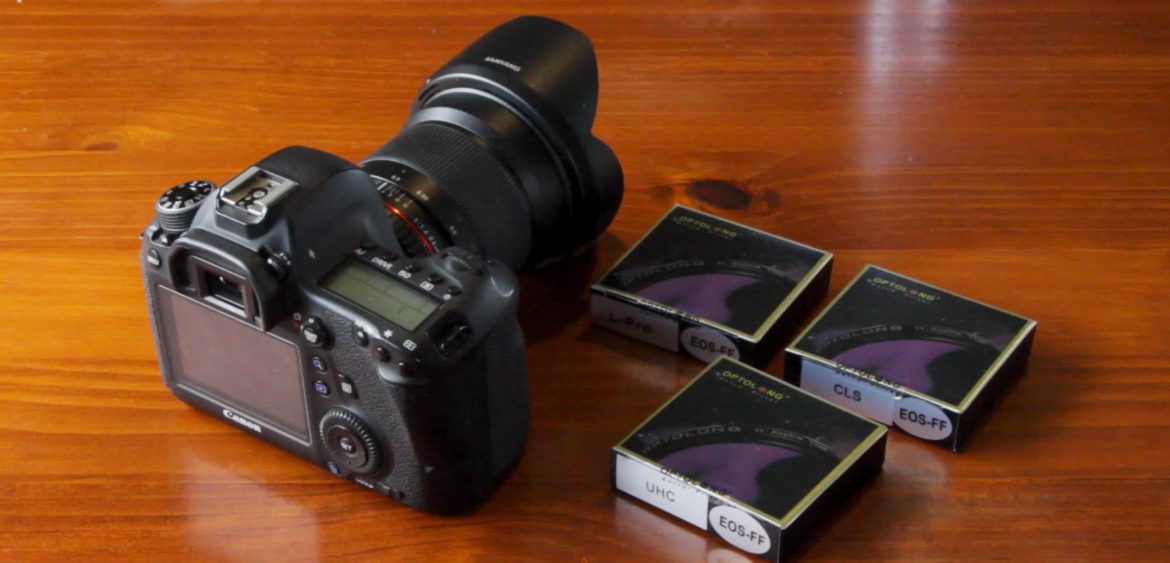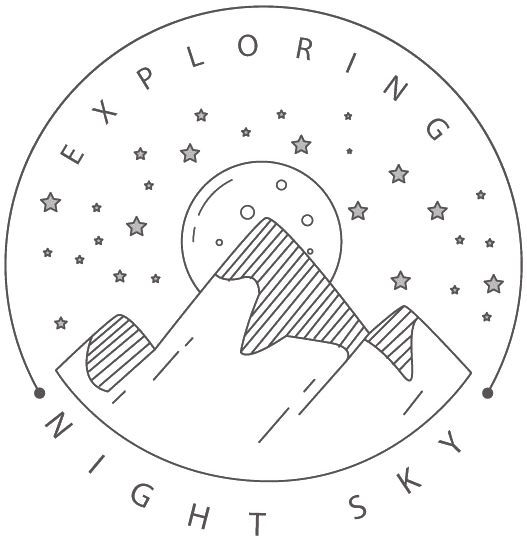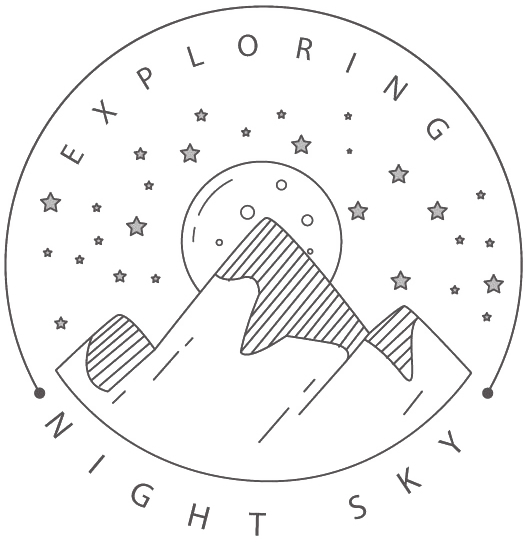
Apr
16
Optolong light pollution filters

Apr
17
Astronomik filters comparison
Apr
16
LMC Processing – PixInsight Tutorial
Apr
14
Large Magellan Cloud
Apr
03
M51 Processing – Photoshop

Feb
22
by Amit Kamble
in Astrophotography, Deep Sky
0 comments
tags: astrophotography, AT65EDQ, Deep Sky, Eta Carina, photoshop, processing, ZEQ25

